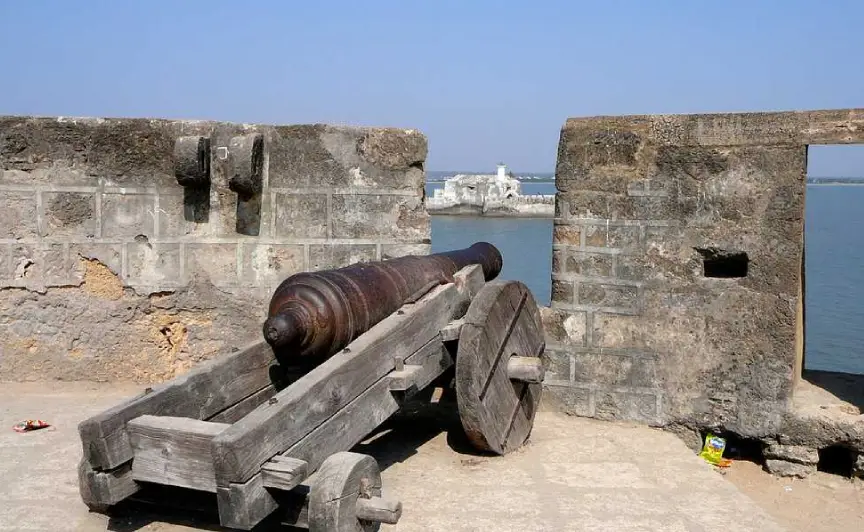Champaner-Pavagadh Archaeological Park
Situated in Gujarat, the Champaner-Pavagarh Archaeological Park includes an ancient citadel, a palace, plenty of military structures and buildings, and water installations. These sites together formed the capital region of the empire of Mahmud Begda. The restoration of the capital region was started in 1484 AD, on the foothills of Pavagarh. The restoration took 23 years to complete. Later, Mahmud Begda moved his capital from Ahmadabad to Pavagarh. He was the grandson of the founder of Ahmadabad city- the Great Ahmed Shah.
In Champaner-Pavagarh Archaeological Park, there are lots of Jain and Hindu temples, mosques and other historical edifices. The 'antarala' and 'gudhamandapa' of the temple dating back to the 10th century are the oldest leftovers of this archeological park.
Many other Jain and Hindu temples of 13th – 15th century are found in Champaner-Pavagarh Archaeological Park. These temples are constructed in Nagara style of architecture.
Some of the ancient monuments of this archeological park comprise a chain of fortifications, which are spread from the grasslands to the hilltop of Pavagarh. These citadels have lovely bastions with verandahs in the middle. The Jama Masjid located inside the park area is a fine example of of Hindu-Muslim architecture. In Champaner-Pavagarh Archaeological Park, there are four other Mosques, which are still in decent state.
Best Selling Champaner Packages
Popular Packages in Gujarat

King Of Jungle With Tigers

Wildlife Safari in Gujarat

Wildlife and Heritage Tour of Gujarat

Gujarat Wildlife & Bird Watching Tour

Wildlife Photography Tour to West India
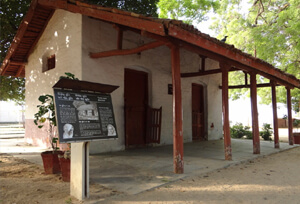
Gujarat Tribal
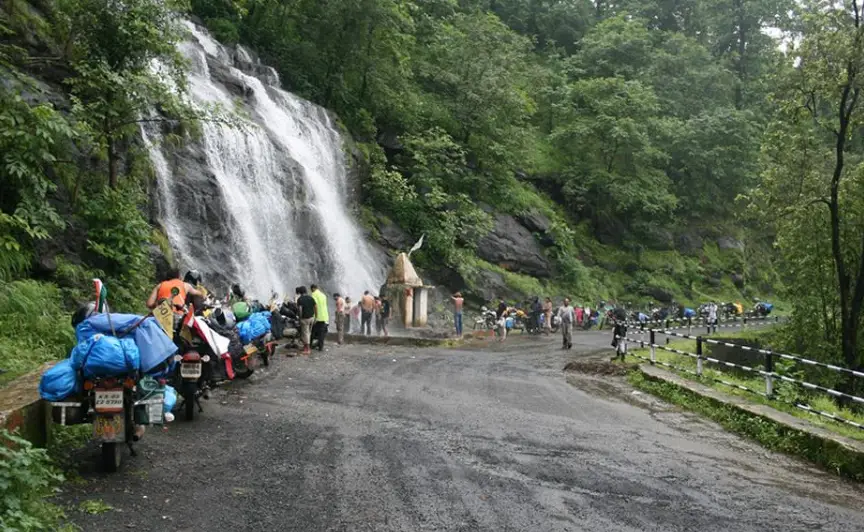
Saputara Weekend Tour
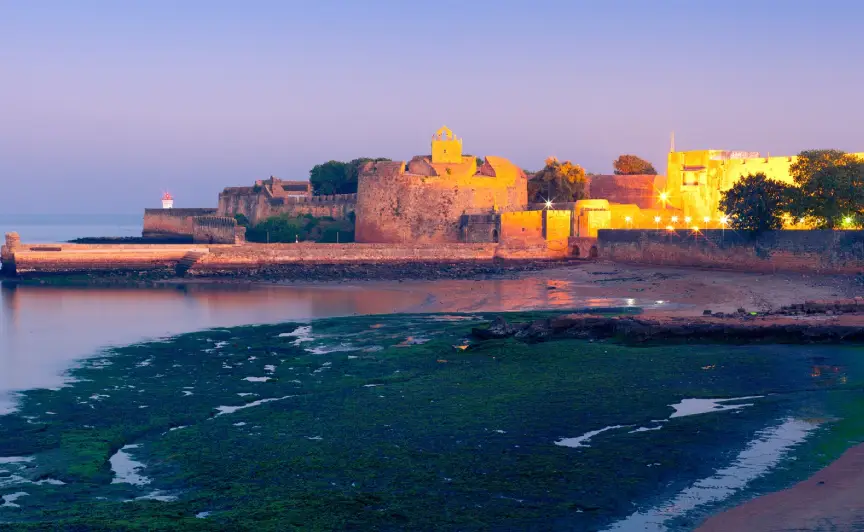
Daman Beach Tour
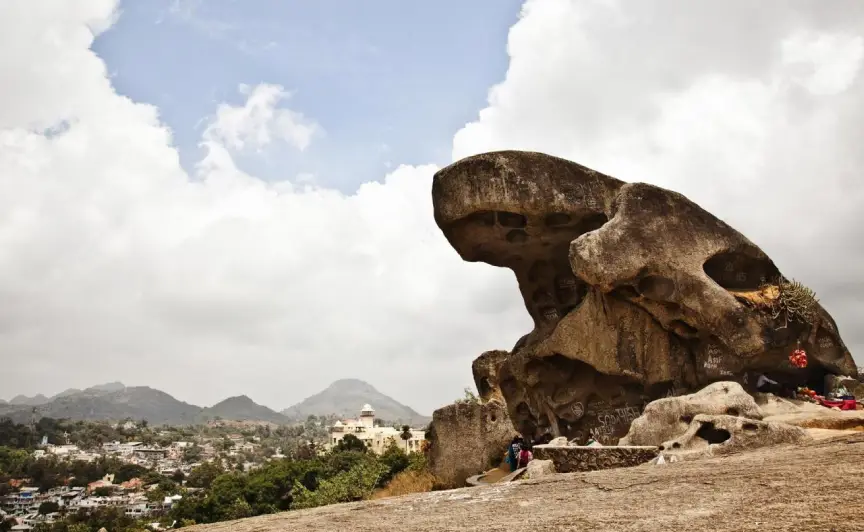
Ahmedabad - Mount Abu Weekend Tour
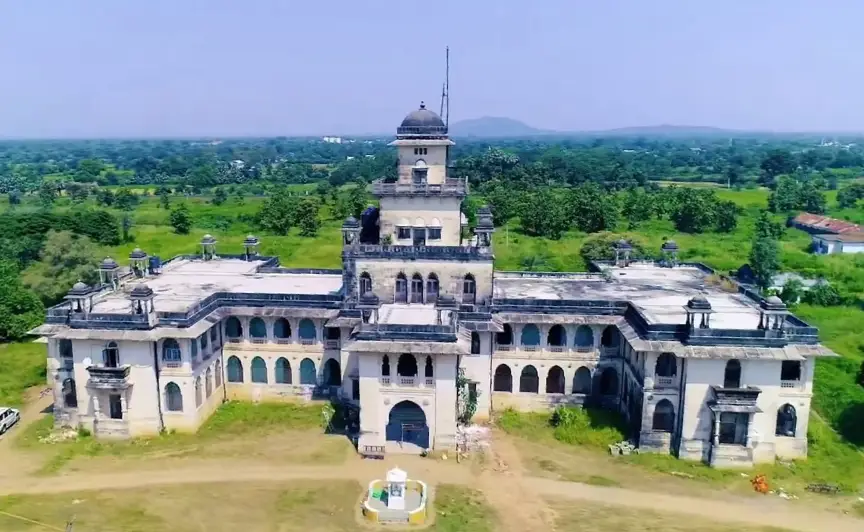
Ahmedabad Chhota Udaipur Weekend Tour

Ahmedabad Gir National Park Weekend Tour
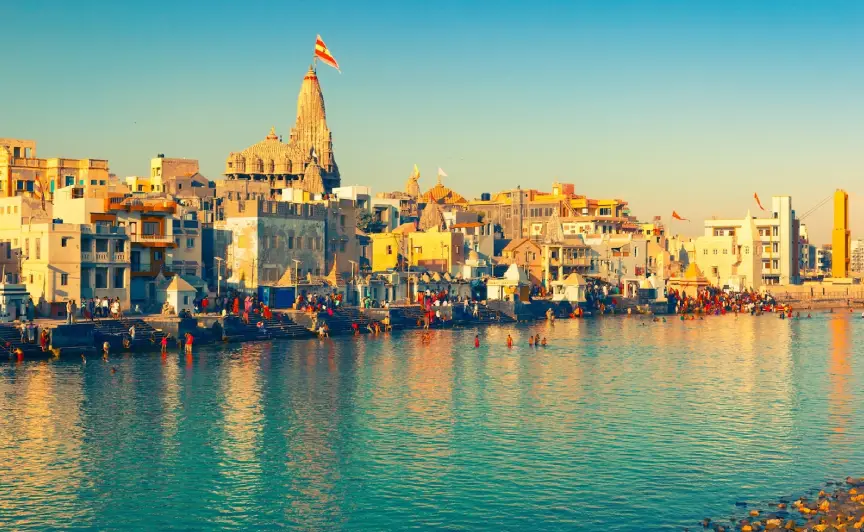
Ahmedabad - Dwarka Weekend Tour
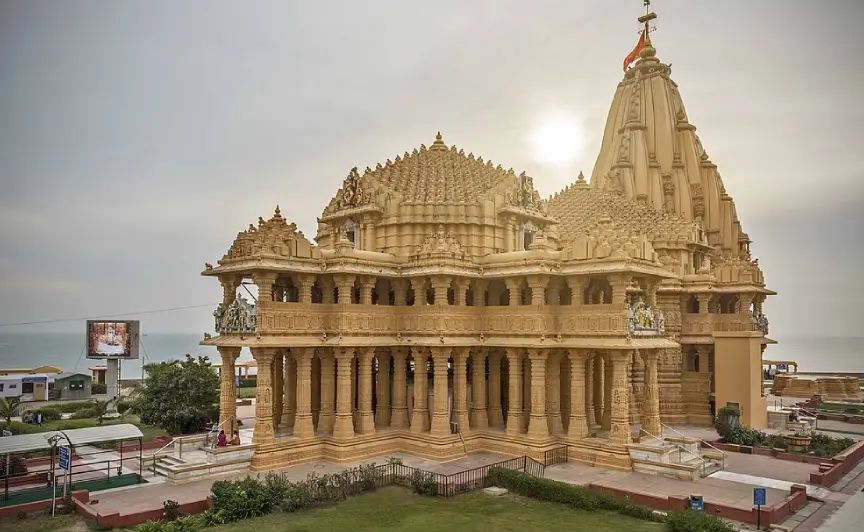
Porbandar
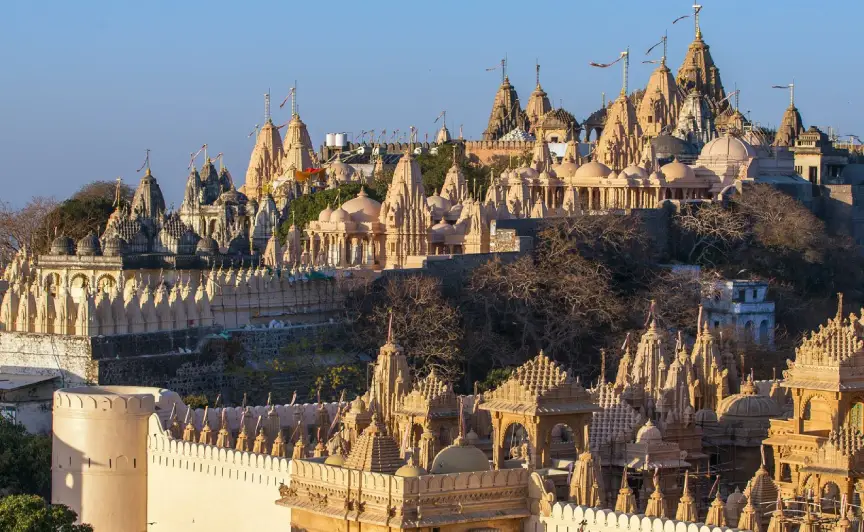
Ahmedabad Palitana Bhavnagar Weekend Tour
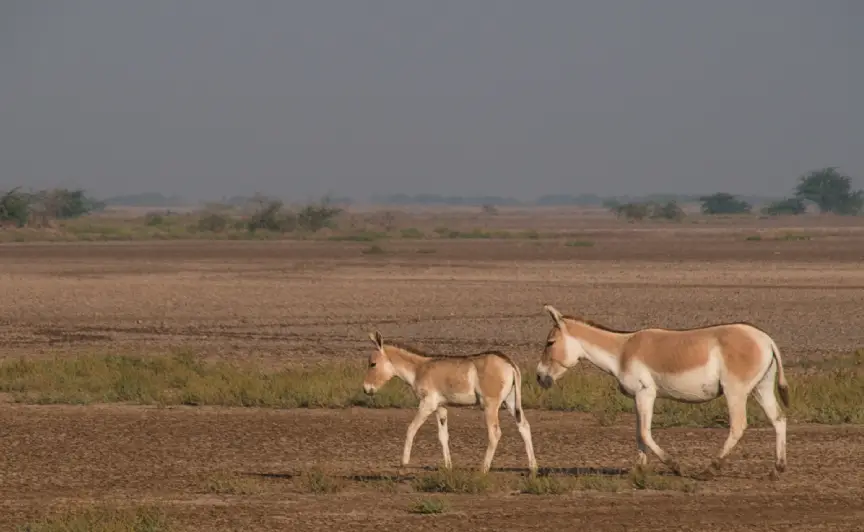
Ahmedabad Dasada Weekend Tour
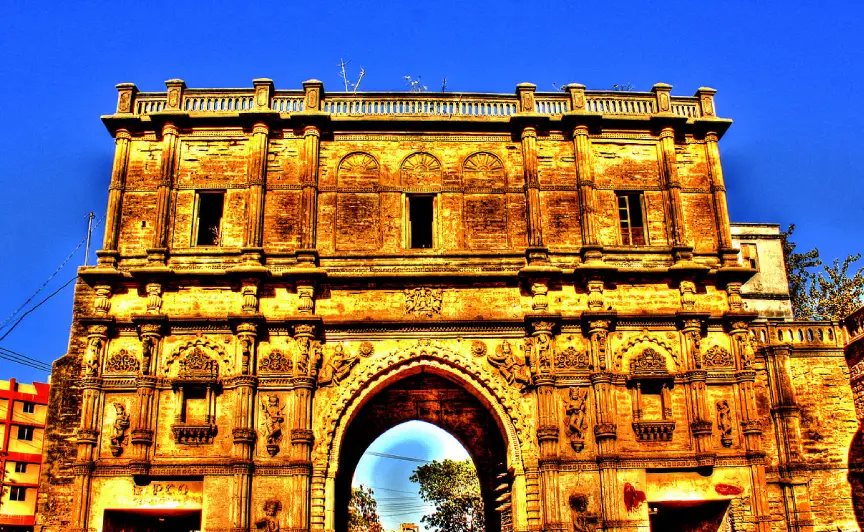
Ahmedabad Jamnagar Weekend Tour
